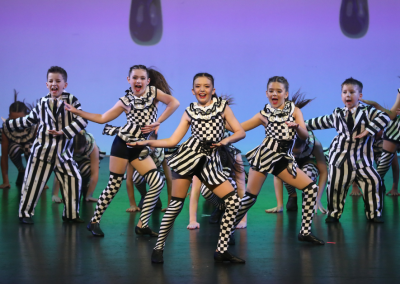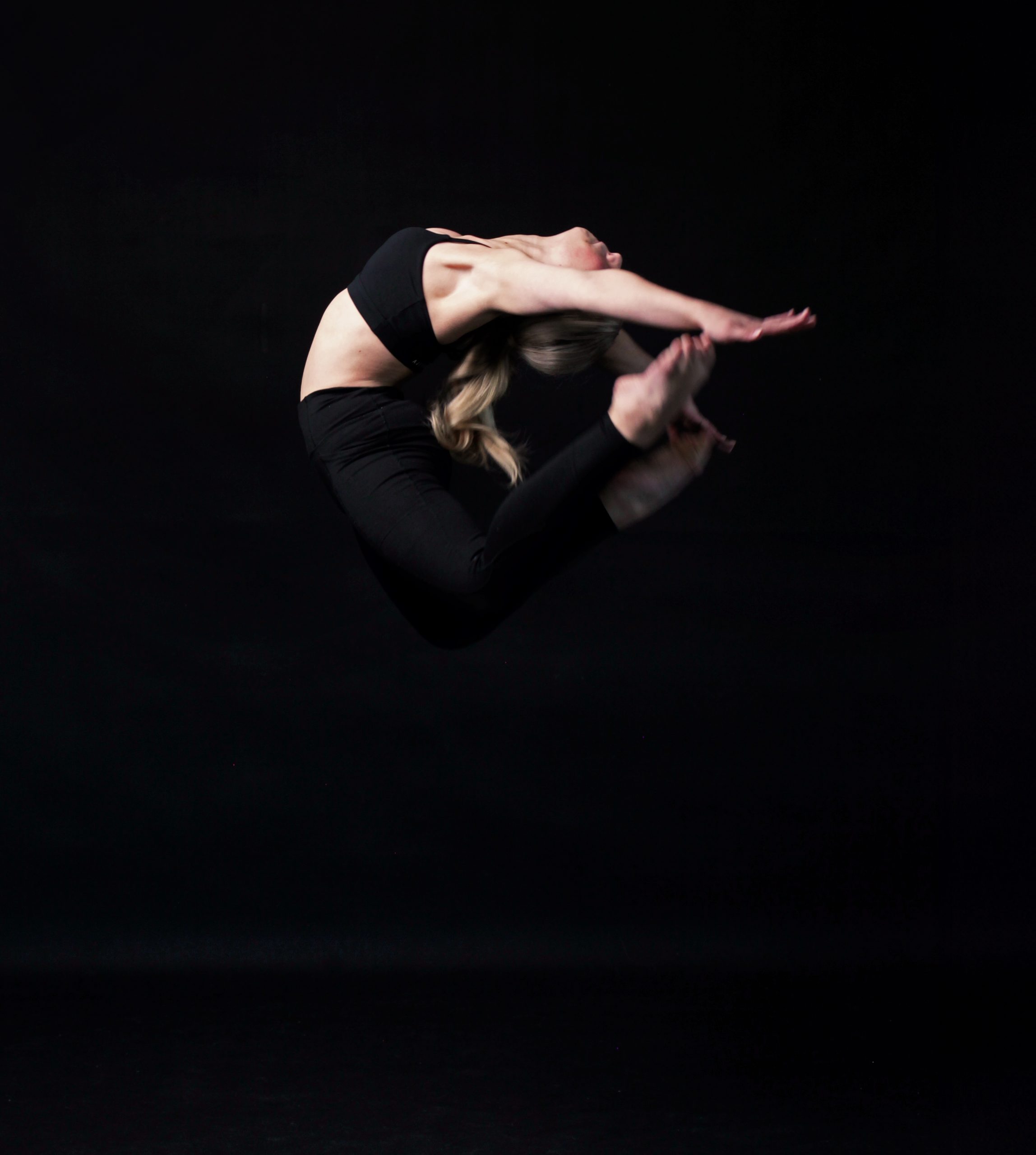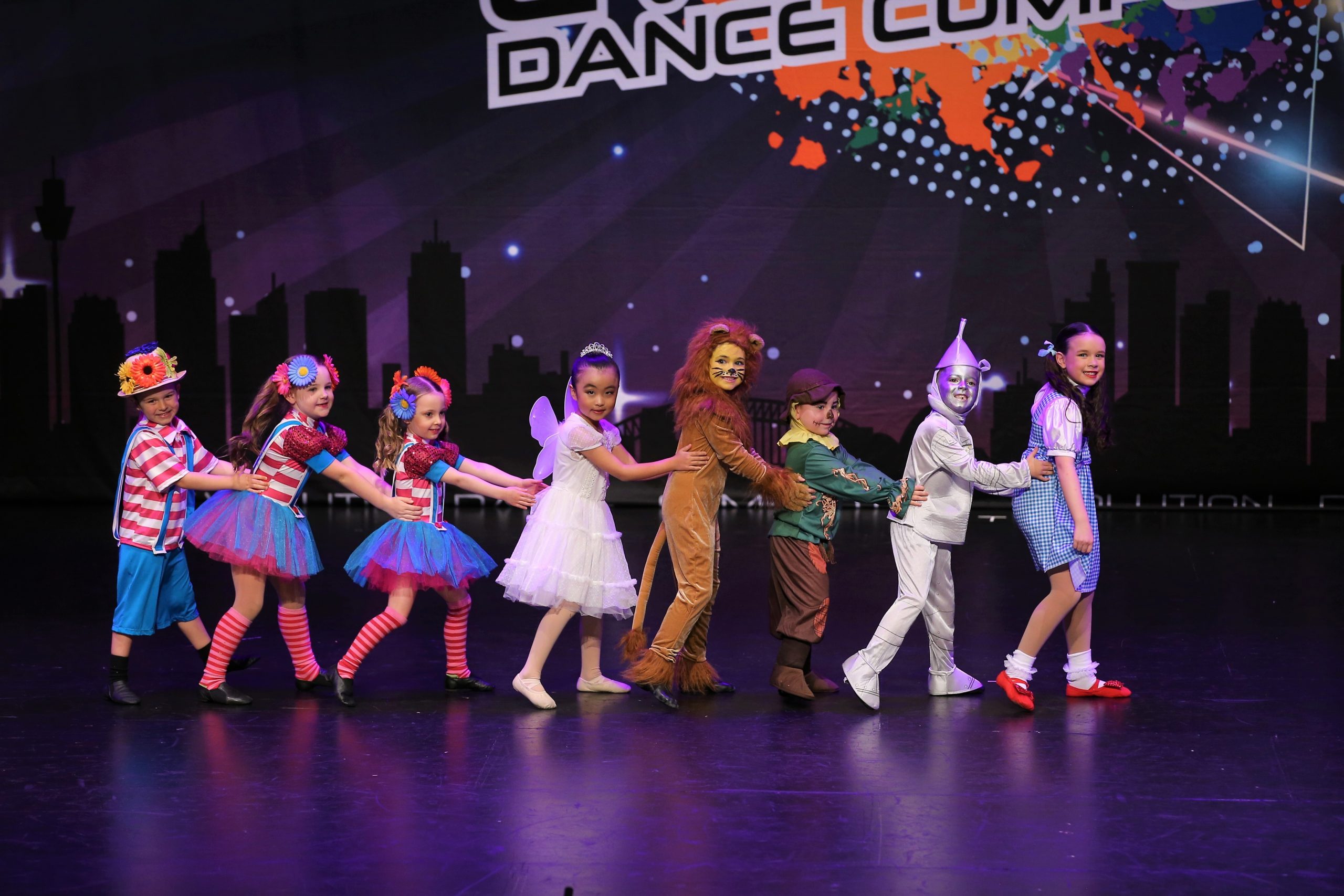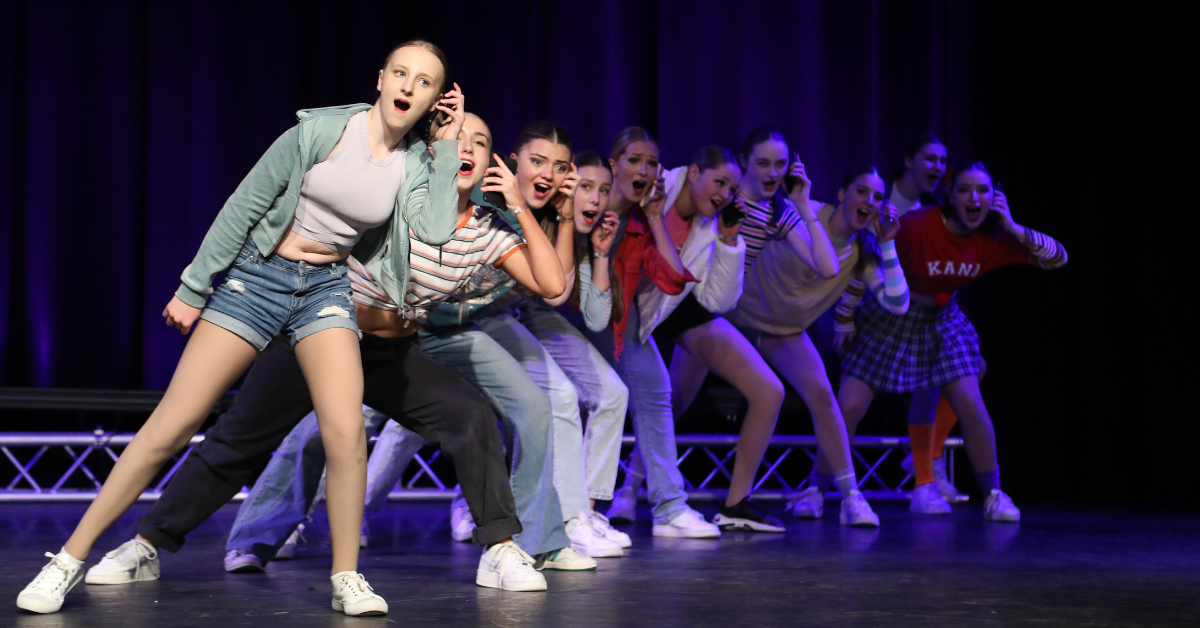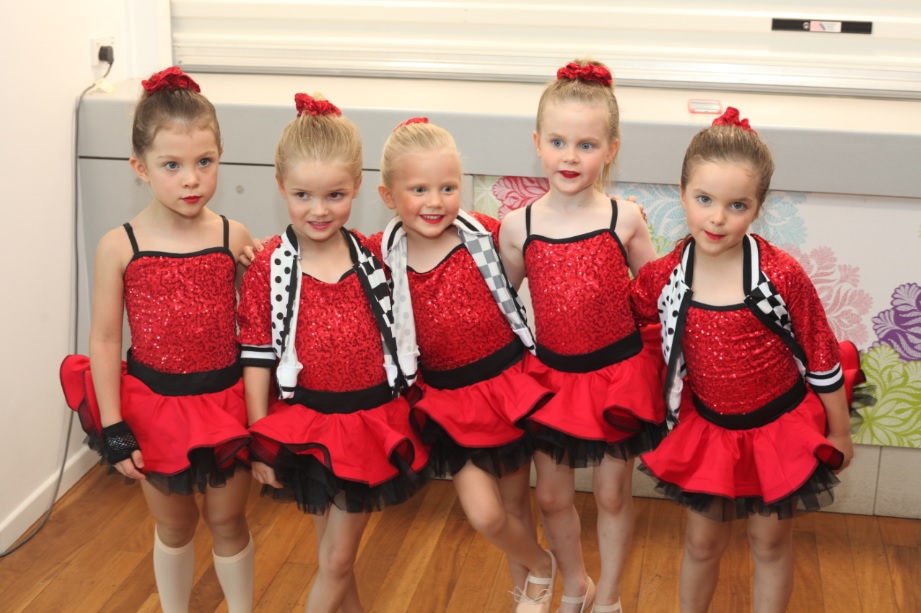Jazz Dance Classes
At DLDC we teach a range of jazz styles to our students, including Jazz Technique Classes, Commercial Jazz, Broadway Jazz, and Jazz Choreography Classes (students learn choreographed dances), we also offer the COMDANCE jazz dance syllabus for students who want to complete their COMDANCE examinations.
What is Jazz Dance?
EARLY BEGINNINGS IN NORTH AMERICA
Jazz dance is rooted in African traditions, a culture which integrated dance and music into their daily lives. These dances were brought to America via the slave trade. Enslaved Africans performed traditional dances such as the Cakewalk and the Pattin’ Juba on plantations, and these dances laid the groundwork for the evolution of the Jazz Dance technique we know today.
Soon, the dance moves and choreographies were mimicked by traveling musicians. Drumming was influential as, like in African dance, jazz dance mimicked and accentuated the rhythm of the music into isolations and movements of the body. One of the main cities where jazz dance took off was New Orleans. Jazz musicians here were known for creating “the blues”, along with spirituals, marches and ragtime music. Jazz dance evolved alongside the evolution of jazz and blues music.
20th CENTURY JAZZ DANCE PERFORMERS
It was during the latter part of the 19th century and into the new century that these new dance moves resulted in dance trends, including the Jitterbug, the Charleston, Swing, Boogie-Woogie and other fads. The rhythms of jazz even permeated classical, formal European ballet, which added a unique American flavor to traditional dancing.
This paved the way for the various forms of dance that began in the 1920s and continued into the mid-20th century. Jazz dance was a popular feature in ballrooms of the 1940s and 1950s. It was around this time that jazz dance started to become a studied technique and not just a form of social dancing.
Some of the primary jazz dance performers and choreographers of the 20th century include:
- Jack Cole—In the 1930s, this popular jazz dancer started to include African and East Indian dance moves into his dance choreography. This led to Mr. Cole becoming a major influence for many jazz performers of the 20th century.
- Katherine Dunham—Besides being a dance choreographer, she was also an anthropologist. This woman was one of the first pioneers in black theatrical stage dance.
- Gus Giordano—This Chicago jazz dancer is known for creating precise and clean dance moves.
- Bob Fosse– Considered perhaps the most influential innovator of jazz dance, Bob Fosse created a technique that merged elegance and burlesque with a bit of quirkiness. You may know him for his choreography in Chicago, Sweet Charity, Pippin, Cabaret, Kiss Me Kate, or the Pajama Games.
1980s THROUGH THE EARLY 21ST CENTURY
Most jazz dance, by the 1980s, did not include jazz music as its main inspirational source. Jazz dance became popular on stage and on screen. Music videos and movie musicals pumped more life into the technique and style.
As world cultures continue to change, jazz dance continues to grow and change with them. There are many different branches of jazz dance in our culture today- vernacular, Broadway, commercial, modern- and each brings a new spice and life to the traditions jazz dance is honored to come from.
THE FUTURE OF JAZZ DANCE
The possibilities are endless as to the directions that today’s jazz choreographers and dancers may go. Even though we may not be able to imagine what’s in the future for jazz dance, we can be sure that it will continue to reinvent itself as well as discover new fans. In other words, jazz dance will remain as a popular way to dance, and continue to be a mixture of different world cultures.
BENEFITS OF JAZZ DANCE FOR KIDS
There are several perks of jazz dance lessons and especially for children. These benefits include:
- Improved physical fitness—Does your child spend way too much time staring at a computer screen or other type of electronic device? Because of its close association with popular music, jazz dancing is one of the best ways to get your child away from electronics and physically active. Who doesn’t love to dance and jump around to their favourite track? Jazz dance provides a functional way for the body to improve physical fitness including strength, flexibility, coordination, and cardio resilience.
- Better emotional and mental health—Besides boosting strength, flexibility and coordination, jazz dancing can also serve as an excellent way for children to express their emotions and gain confidence in their individuality!
- Muscle memory and full body coordination is another benefit as children must keep in step with fast pace of the music.
THE BOTTOM LINE
- Jazz dance continues to evolve.
- Throughout the history of jazz dance, this form of dance continues to develop alongside the popular music of the day.
- This type of dance is highly beneficial for kids.
For more information on our wide selection of dance classes, contact us.

